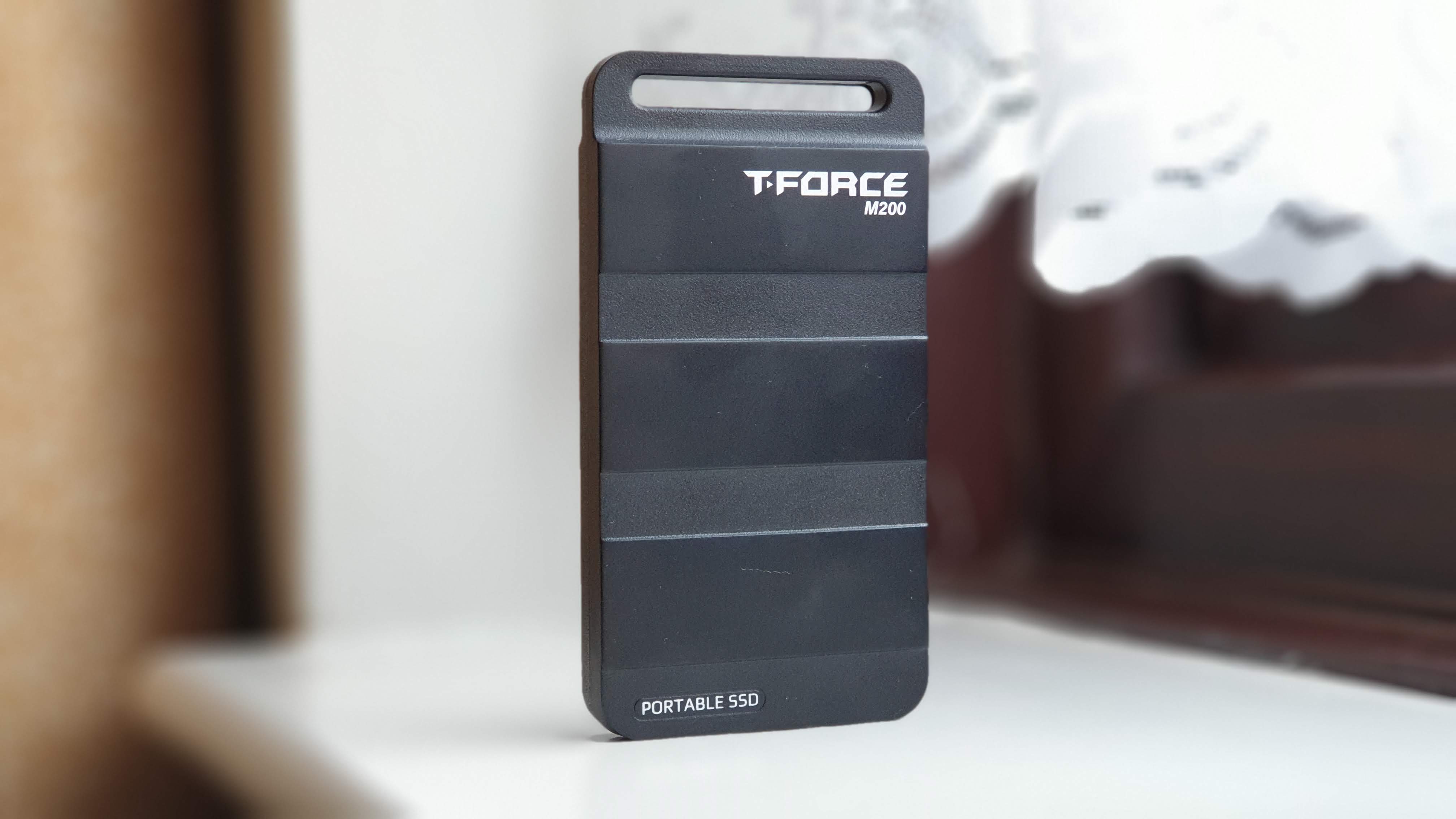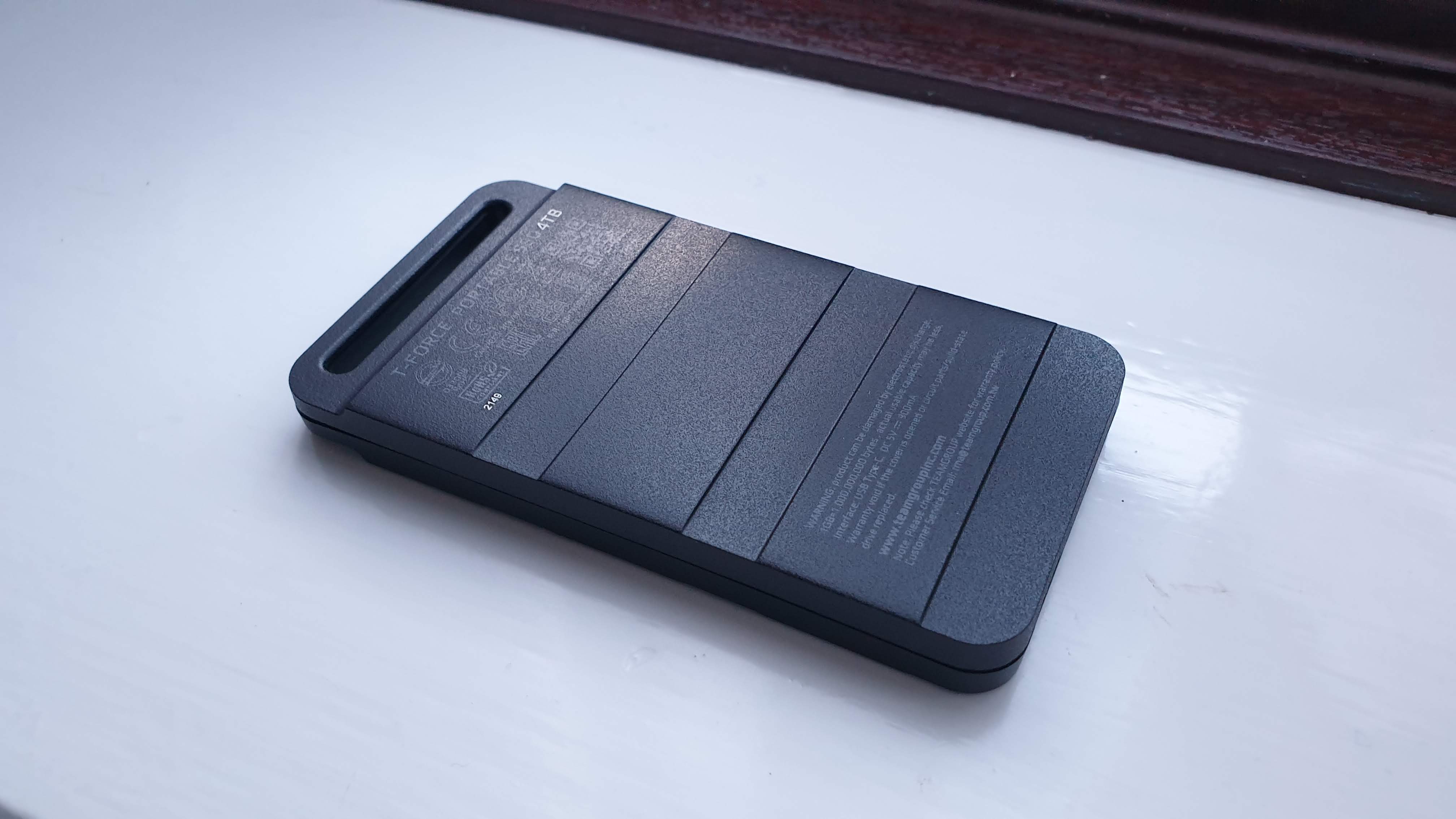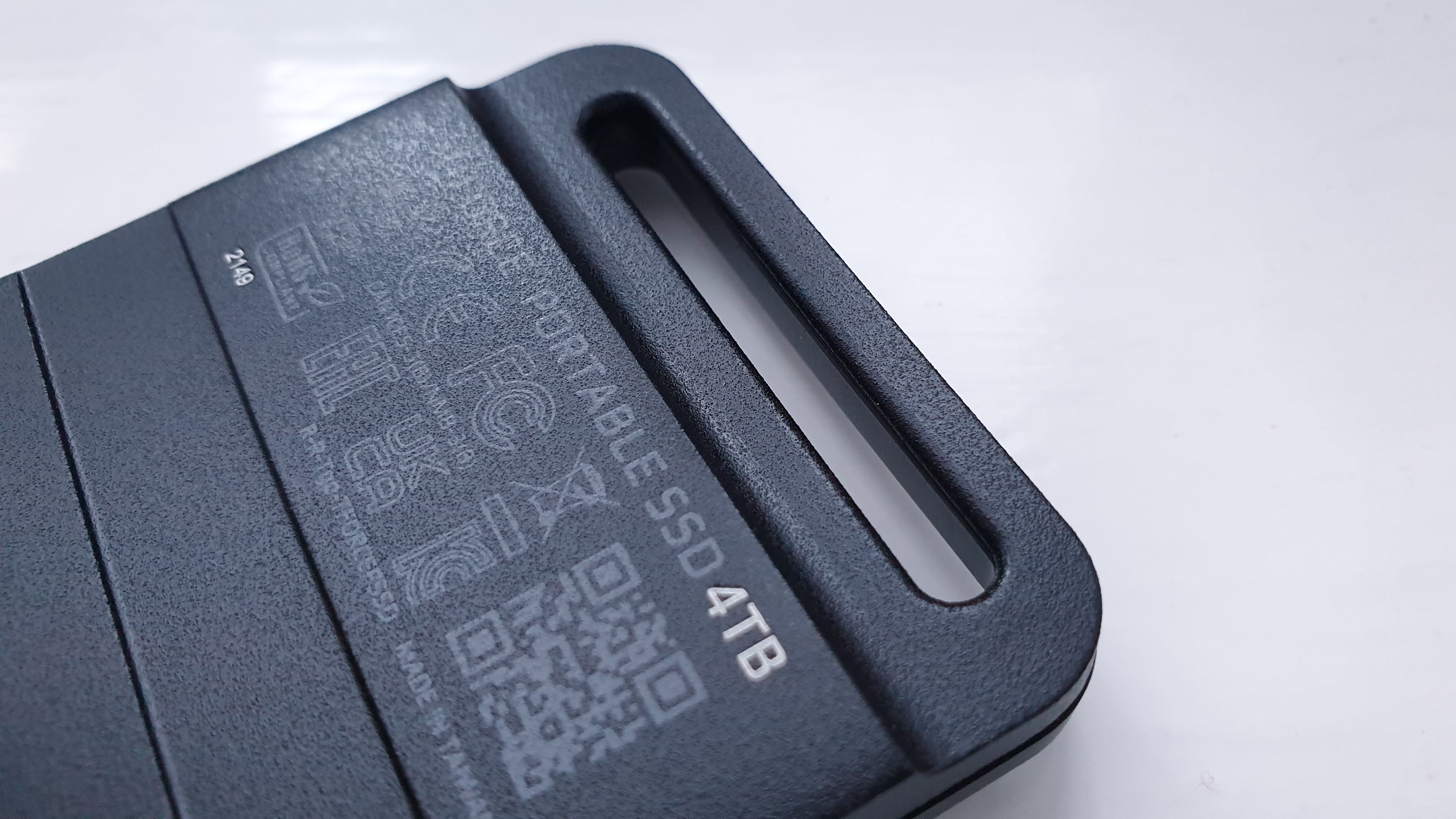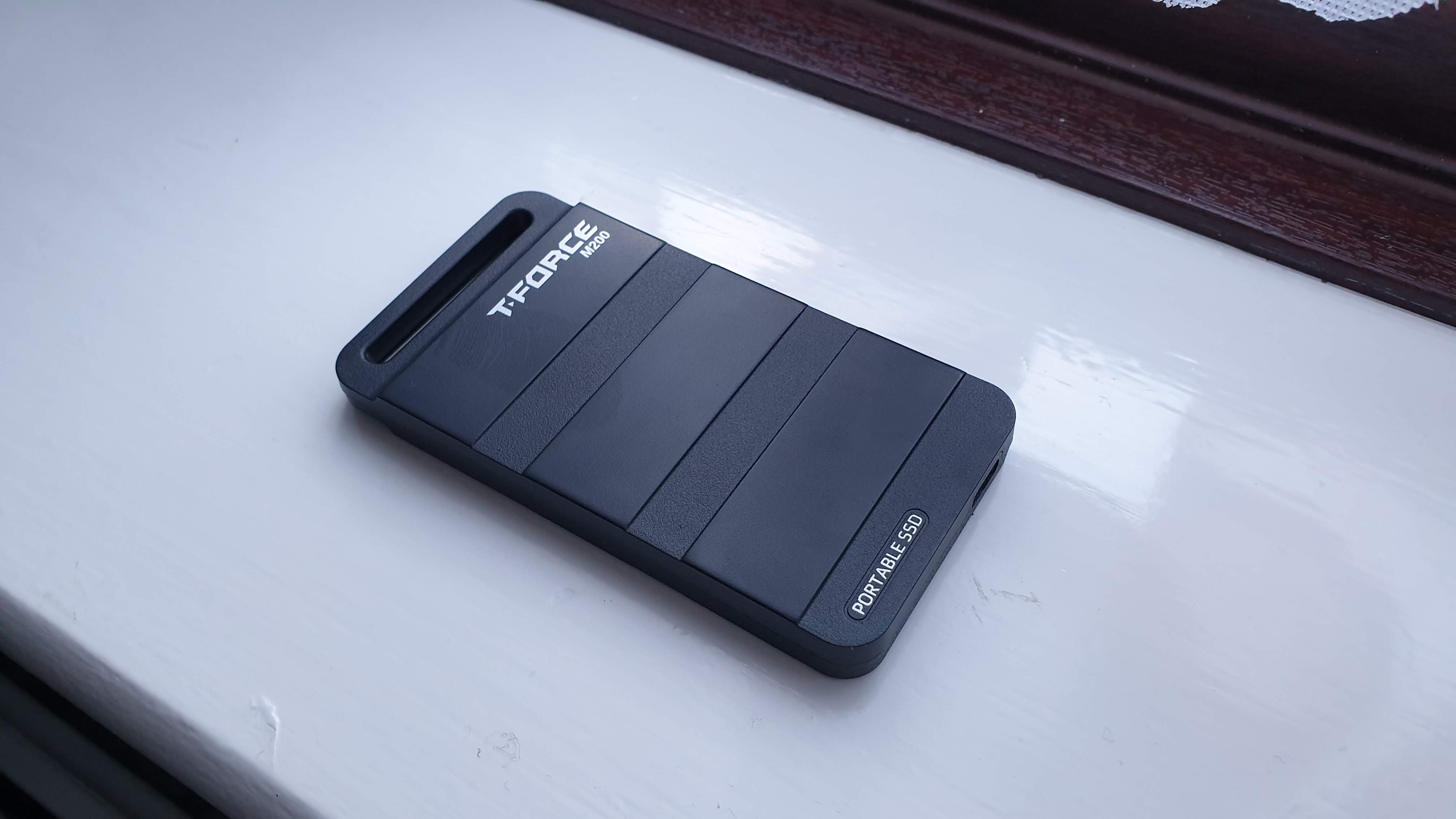Teamgroup T-Force M200 4TB external SSD
Two minute review
Teamgroup has quietly emerged as a force to be reckoned with when it comes to affordable yet capable storage products. The PD1000, the Elite A1, the C212 and the PD400 external SSD all received recommended or editor’s choice over the past couple of years.
The M200, its latest portable SSD, however fails to excite us for two reasons: it is expensive, very expensive, for what it offers, 4TB of SSD storage with USB 3.2 Gen2x2 technology. It’s about 10% more expensive than its closest competitor (the Sandisk Extreme Pro) which - as an added benefit - comes with IP55 water and dust resistance and a bundled encryption software package.
As for choosing USB 3.2 Gen2x2 over Thunderbolt 3/USB 4, we are still unsure how that is a good idea given that the latter is surely the better choice for a long term storage strategy - not to mention the speed gain and the wider market compatibility. When Kingston launched its USB 3.2 Gen2x2 drive, the XS2000, late last year, we had similar qualms but it - wisely - launched with a very attractive price tag. Teamgroup, to our chagrin, didn’t.
Pricing and availability
The T-Force M200 4TB external SSD retails for just under $660 at Amazon US which is a significant discount off its $799 RRP. Note that the drive is available in 2TB and in 8TB; surprisingly there are no smaller capacities available. We only found the 8TB version in mainland Europe where it carries a rather steep price tag: around $1,336.

Design
Teamgroup's designers sought inspiration for the M200 from the military (presumably because this is an external storage device that is aimed at adrenaline-filled gamers). One could even argue that the Teamgroup T-Force M200 looks a lot like the detachable box magazine of the CheyTac M200, the longest range sniper rifle in the world.

The marketing literature mentions Teamgroup’s use of a “patented graphene cooling technology” with a “dual metal structure to increase cooling surfaces”. In real life, it is an 83g portable storage device with a decent size (105 x 56 x 11mm). Not the biggest around but there are definitely smaller external SSDs out there.

Other than the Type-C port and an activity LED, there’s nothing much of note here.

Although it doesn’t carry any IP-rating (or MIL-STD for that matter), it has been tested to withstand falls of up to 2m…. on a carpeted floor. There’s also a gap - which Teamgroup calls a hanging hole - which serves the same purpose as the carabiner in the Extreme Pro range. You do get two reasonably long cables as well.

Performance and in use
The device uses a full size M.2 NVMe SSD coupled with a Phison E16 controller and an ASMedia ASM2364 USB Bridge. The most likely candidate that sits inside the M200 is the MP34Q, whose available capacities match that of the M200 and features dual cache technology with a mix of SLC and DRAM. As expected, it uses QLC NAND (from Crucial) and can reach read/write speeds of up to 3.4GBps/3GBps, far higher than what USB 3.2 Gen2x2 can achieve - the vendor claims speeds of up to 2GBps on read/write. Note that Teamgroup quotes a TB written value of 900 for the 4TB version of the M200.
Here’s how the Teamgroup T-Force M200 performed in our suite of benchmark tests:
CrystalDiskMark: 986MBps (read); 1036MBps (write)
Atto: 1006MBps (read, 256mb); 1004MBps (write, 256mb)
AS SSD: 954MBps (seq read); 893MBps (seq write)
AJA: 838MBps (read); 856Mbps (write)
We didn’t test it using a system that is compatible with USB 3.2 Gen2x2 so had to rely instead on Thunderbolt/Type C (USB 3.2 Gen 2). Compared to the likes of the XS2000, it was slower - by about 10% although, full disclosure, the M200 is the first storage device we’re testing with Windows 11 so that might explain the discrepancy.
To get the best of this drive, you will absolutely need to have a compatible system otherwise you will be missing out big time. You can either grab an add-in card to bring USB 3.2 Gen2x2 functionality to your existing computer or grab one of the many systems that offer this new protocol.
Should I buy the Teamgroup T-Force M200 external SSD?
Buy it if:
You have a compatible system and need a large drive. You will need to have a USB 3.2 Gen2x2 computer to make the most of the M200. Even then, you may have a hard time justifying the price premium over the competition.
Don't buy it if:
You’re after the cheapest 4TB SSD on the market. There are cheaper large capacity solid state drives on the market (from $399 on Amazon) and you can still save a sizable amount of money by getting an M.2 enclosure and a separate SSD (assuming you don’t need USB 3.2 Gen2x2).
You need a waterproof storage device. Although the M200 looks rugged and durable, it doesn’t carry any IP-rating which is a shame given the price of the device.
You don’t have a compatible system. The USP of the M200 is its newer protocol; if you don’t have a compatible system, there’s no reason to adopt it. The price premium you’re paying is simply too high to justify.
We've also featured the best portable SSD
0 comments:
Post a Comment